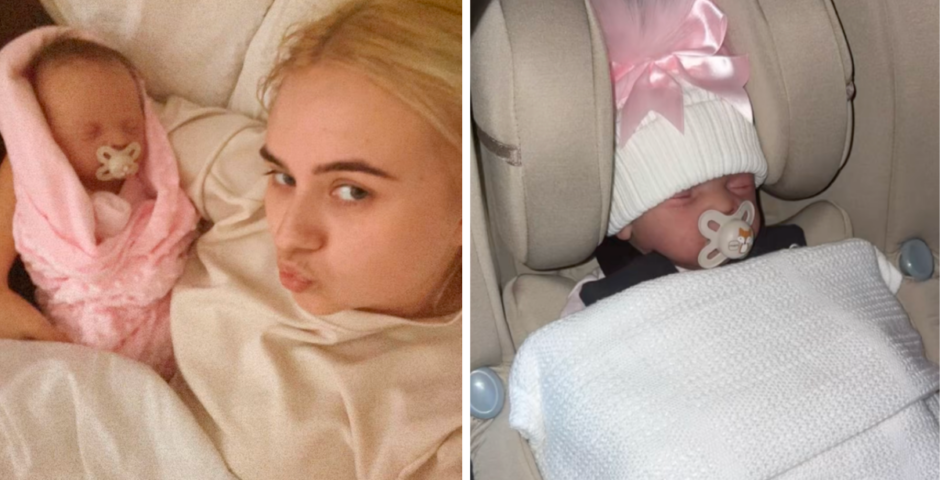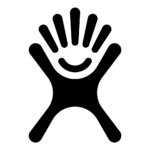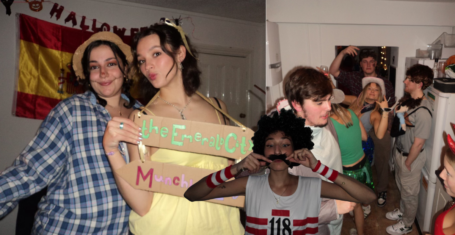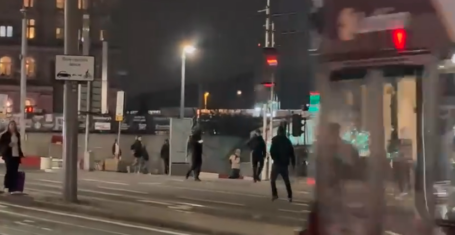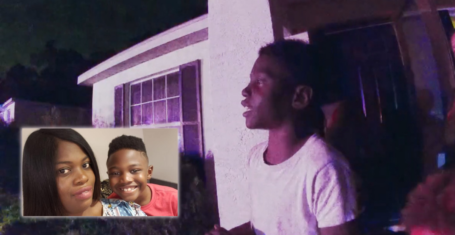
Deepfake explained: Everything you need to know about the AI fake media taking over
Also some clues which point at if you’re watching one
AI-powered technology is taking over, with cinema relying heavily on computer-generated sets and characters – we cannot escape the world of deepfake. Recently deepfake technology has been making headlines and even mainstream TV channels like ITVX’s Neighbour Wars. The latest deepfake trend is about using AI-powered technology to replace one person’s likeness with another in a recorded video.
The problem is, though, that this person can do absolutely anything with someone else’s face on theirs. Here’s everything we know about deepfake and how it works.
What is deepfake and how does it even work?
The deepfake term comes from “deep learning” which is a form of AI. Deep learning algorithms are used to swap faces in video and digital content to make realistic fake media. There are a few different ways people create deepfake content, but the most common way relies on the use of the face swapping technique. You need a target video to use as the basis of the deepfake and then a collection of video clips of the person you want to insert in the target.
Lots of people are making deepfake content and posting to platforms such as TikTok or YouTube.
Another type of machine learning is known as Generative Adversarial Networks, which detects and improves any flaws in the deepfake. Essentially, this makes things a whole lot harder with people detecting deepfake errors and attempting to decode them and break them down. GANS are also used to help people get a better understanding of deepfakes, learning how to develop new examples that mimic the real thing and create even more realistic results.
Most Read
Experts have previously said they believe deepfakes will become more sophisticated as technology further develops and might introduce more serious threats to the public. With increasing political tension and criminal activity, deepfakes can be used maliciously.
Why are deepfakes used?
According to a Deeptrace reports, pornography made up 96 per cent of deepfake videos found online in 2019. Deepfake has also been used in politics, in 2018 a video of Donald Trump giving a speech calling on Belgium to withdraw from the Paris climate agreement went viral.
However there are also light hearted deepfakes posted online. A lot of them feature Hollywood actors and famous faces and of course now ITVX’s new TV show.
How can I detect a deepfake?
There are several indicators that give away deepfakes, here they are:
• Current deepfakes have trouble realistically animating faces and the video shows the face never blinking or blinking way too often.
• Look for issues in the person’s hair, skin or face.
• Does the lighting look real or unnatural?
• The audio might not appear to match the person, especially if the video was faked but the original audio was not carefully manipulated.
Related stories recommended by this writer:
• Influencer says if you don’t own a Lambo in your 20s, you need a serious talk with yourself
• Who is Mikayla Nogueira? The beauty TikToker whose face and eyelashes are all over your FYP
• TikTok has realised The Gen Z shake is the latest equivalent to the Millennial pause


